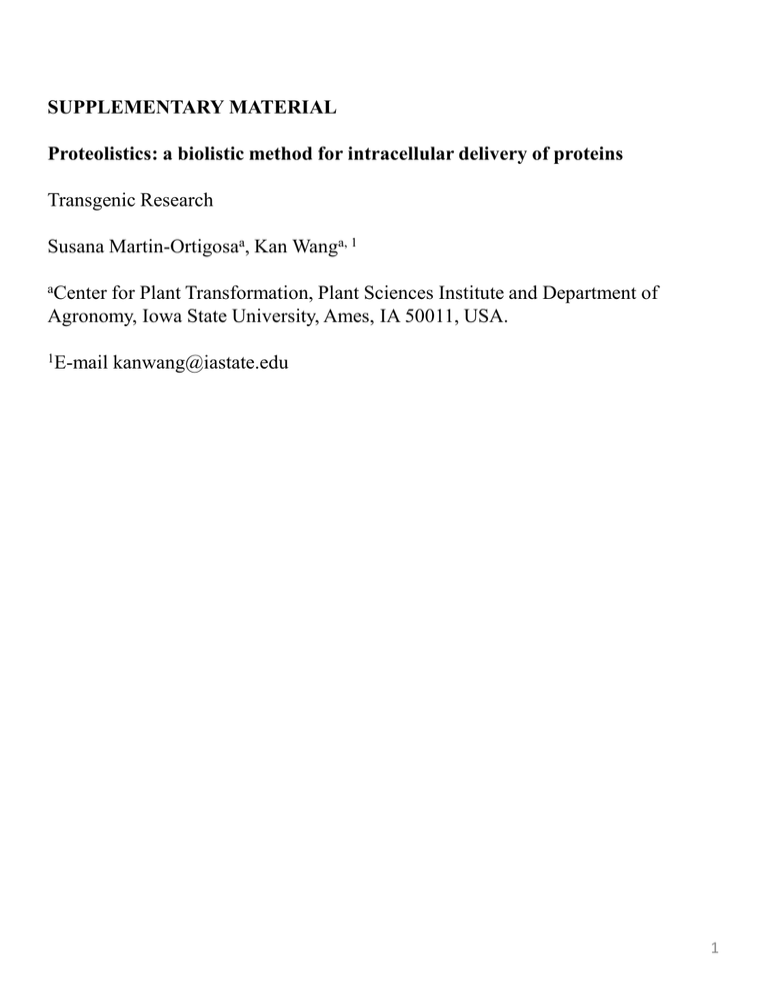Supplementary Figure 1 - Springer Static Content Server
advertisement

SUPPLEMENTARY MATERIAL Proteolistics: a biolistic method for intracellular delivery of proteins Transgenic Research Susana Martin-Ortigosaa, Kan Wanga, 1 aCenter for Plant Transformation, Plant Sciences Institute and Department of Agronomy, Iowa State University, Ames, IA 50011, USA. 1E-mail kanwang@iastate.edu 1 Supplementary Figure 1 a 500 mm b Supplementary Fig. 1 a Macrocarrier-set with a liquid suspension of TRITC-BSA protein and 0.6 µm gold (left) and the same macrocarrier-set after lyophilization (right). b “Dotted” distribution of TRITC-BSA/0.6 µm gold suspension on the surface of the macrocarrier-set before lyophilization (left) and after lyophilization (right) 2 Supplementary Figure 2 a b 100 µm 100 µm Supplementary Fig. 2 Proteolistics delivery using two different sizes of tungsten microprojectiles. Onion epidermis cells showing blue coloration after incubated with X-gluc substrate. Tissues were bombarded with air-dried GUS enzyme/M5 (0.4 µm) a or M17 (1.1 µm) b tungsten particle mixture. Per shot, 2 µl of 60 µg/µl solution of tungsten particles were mixed with 4 µl of a 50 µg/µl GUS enzyme solution. Five µl of this mix were placed onto a macrocarrier and airdried 3 Supplementary Figure 3 a Bright field Red channel b Bright field Red channel aut Supplementary Fig. 3. Proteolistics delivery of DsRed protein to mice ear pinna tissues. a Microscope images (5x objective) of mouse ear tissue bombarded with bare 0.6 µm gold projectiles, with no protein coating. In the projectile impact areas red autofluorescence could be observed. This autofluorescence was brighter in the center and then diffused like a halo to the surrounding cells. b Microscope images (40x objective) of mouse ear pinna tissue after Proteolistic delivery of DsRed protein air-dried onto 0.6 µm gold. Due to red autofluorescence caused by particle physical damage (“aut”) it was difficult to distinguish the red fluorescent protein DsRed delivery. However, some isolated cells (white arrow) showed a distinct isolated red fluorescence that could be due to DsRed protein delivery 4 Supplementary figure 4 Absorbance at 405 nm 0.25 0.20 0.15 0.10 0.05 0.00 Prot Prot + Au Lyoph. Air-dry Supplementary Fig. 4 Graph showing mean and standard deviation of the activity of GUS enzyme after different drying treatments. The activity of GUS enzyme was measured following the spectrophotometric assay based on 4-nitrophenyl-βD-glucuronide (PNPG). The activity of 275 µg of a fresh enzyme solution (Prot), a fresh enzyme solution mixed with 60 µg of 0.6 µm gold microparticles (Prot + Au), a lyophilization (Lyoph.) or air-drying (Air-dry) of the enzyme/gold microparticles was measured at 405 nm. No differences were found in the activities of the different treatments (P= 0.464), concluding that lyophilization or overnight air-drying process do not affect GUS activity under the conditions tested. Method: Spectrophotometric measurements of GUS activity after lyophilization or air drying methods were done using PNPG following the Massachusetts Institute of Technology protocols available online (http://ocw.mit.edu/courses/biology/713-experimental-microbial-genetics-fall-2003/labs/GUS_Assays_v2.pdf) based on previous protocols (K.J. Wilson, S.G. Hughes, R.A. Jefferson, “The Escherichia coli gus operon: induction and expression of the gus operon in E. coli and the occurrence and use of GUS in other bacteria”, in: S.R. Gallagher (Ed.) GUS Protocols: using the GUS gene as a reporter of gene expression, Academic Press Inc.,1992, pp. 7-22.). Briefly, samples of GUS enzyme subjected to different treatments (fresh enzyme solution, mixed with gold microprojectiles, lyophilized for 1 hour or air-dried overnight at room temperature (22C)) were mixed with a solution containing 1.25 mM of PNPG. The mixture was incubated at 37C for 1 hour and then, the reaction was stopped using 0.5 M of sodium carbonate and absorbance was measured using a spectrophotometer at 405 nm. Three repeats per treatment were performed 5 Supplementary Figure 5 a b 100 µm 200 µm Supplementary Fig. 5 Delivery of BPB dye lyophilized onto 0.6 µm gold to onion epidermis tissues. a Bright field image of an aliquot of bromophenol blue solution on top of onion epidermis tissue. The impermeable dye is not permeating inside the cells. b Intracellular BPB dye delivery to onion epidermis cells after bombardment with 0.6 µm gold coated with the lyophilized dye. Cells show different shades of the purple color depending on the amount of microparticles-dye delivered. Sixty µg of 0.6 µm gold particles (2 µl of a 30 µg/µl suspension) were lyophilized with 10 µl of a 100 µg/µl solution of BPB dye (3',3",5',5"-tetrabromophenolsulfonphthalein, Sigma) 6 Supplementary Figure 6 Green channel 1 mm b Bright field Green channel d Fluorescent cells/sample a Bright field 600 400 200 0 100 µm c e Bright D field 1 mm 1 mm Red channel 250 µm Supplementary Fig. 6 Delivery of DNA dried onto 0.6 µm gold projectiles. a Microscope images of an onion epidermis tissue showing GFP expression 1 day after bombardment with the plasmid pLMNC95 (Luke Mankin, S. et al. (2001). Plant Mol. Biol. Reporter, 19: 13-26) lyophilized onto 0.6 µm gold projectiles (per shot, 2 µL of a 500 ng/µl plasmid solution and 2 µl of 30 µg/µl projectile suspension). b Similar results in tobacco leaf tissue. c Maize immature embryo-derived callus showing blue foci after GUS staining assay. The embryos were bombarded with the uidA gene expressing plasmid pACH25 (Christensen, A.H. et al., (1996). Transgenic Res., 5: 213-18) lyophilized onto 0.6 µm gold projectiles (per shot, 3 µL of a 375 ng/µl plasmid solution and 2 µl of 30 µg/µl projectile suspension). GUS assay was done 2 days after the bombardment. d Graph representing the mean and standard deviation of the number of fluorescent cells in 2 repeats of the same experiment (4 repeats per treatment) where onion epidermis tissues were bombarded with 0.6 µm gold (2 µl of 30 µg/µl suspension) and 300 ng of GFP (0.6 µL of a 500 ng/µl solution) expressing plasmid pLMNC95 subjected to the following treatments: standard CaCl2/spermidine DNA coating (“StdDNA1” and “Std-DNA2” as in Martin-Ortigosa, S. et al. (2012). Small: 8: 413-22); lyophilization (“Lyph-DNA1” and “Lyph-DNA2”); Air-drying (“Air-DNA1” and “Air-DNA2”). For the conditions tested, the CaCl2/spermidine protocol scored the higher number of transiently DNA expressing cells, followed by air-drying, and then, lyophilization protocols. e Microscope images of onion epidermis cells showing red fluorescence after being bombarded with a linear dsDNA for mCherry expression lyophilized onto 0.6 µm gold microparticles. To obtain mCherry expression linear dsDNA, the plasmid ER-rk (Nelson, B.K. et al. (2007). Plant J., 51: 1126-36) was digested with the restriction enzymes SacI-HindIII. The digestion was electrophoresed in a 0.8% agarose gel and the 1885 bp band was cut and purified using a gel DNA extraction kit (IBI Scientific). For the delivery, 14 µl of a 2.8 ng/µl solution of the purified linear dsDNA were lyophilized with 60 µg of 0.6 µm gold (2 µl of 30 µg/µl suspension) 7 Supplementary Figure 7 a Blue cells / sample 12 8 4 0 5 µg 50 µg Protein (µg) / shot Blue cells / sample b 400 300 200 100 0 50 µg/7 µl 50 µg/20 µl 250 µg/7 µl 250 µg/20 µl Amount of protein (µg) and final suspension volume (µl) per shot Supplementary Fig. 7 Proteolistic GUS enzyme delivery to onion epidermis cells. a Graph representing the mean and standard deviation of the number of blue cells found after X-gluc staining in 4 onion epidermis tissue samples bombarded with 5 or 50 µg of GUS enzyme air-dried onto 60 µg of 0.6 µm gold. Only cells that were showing clear blue coloration were counted. No blue cells were observed when 5 µg of protein/bombardment were used. b Graph representing the mean and standard deviation of the number of blue cells obtained in 3 samples of onion epidermis tissue after X-gluc staining and bombardment of GUS enzyme air-dried onto 0.6 µm gold. Two different amounts of protein (50 and 250 µg) and two different final volumes (7 and 20 µl) were tested. As expected, tissues bombarded with 250 µg of the protein showed more blue cells. No conclusions can be obtained in the comparison of the final volume to be dried because due to experimental variability 8 Supplementary Figure 8 a Bright field b 100 µm Red channel Green channel Dead cells / sample 250 200 150 100 50 0 Supplementary Fig. 8 Plant cell viability after protein delivery. a Microscope images of an onion epidermis cell showing high levels of red fluorescence due to TRITC-BSA protein delivery after bombardment. The same cell shows green fluorescence after fluorescein diacetate vital staining. b Graph representing the mean and standard deviation of the number of dead cells found after fluorescein diacetate staining in onion epidermis tissues (3 repeats per treatment) not bombarded (“Not Bomb.”), bombarded with 0.6 µm gold microcarriers (“0.6 µm”) or bombarded with lyophilized TRITC-BSA/0.6 µm gold mixture (“TRITC-BSA”). The number of dead cells was counted as described in Materials and Methods section – Fluorescein diacetate staining. 9 Supplementary Table 1 Protein Size (kDa) Isoelectric Point eGFP 32.7 6.2 http://www.biovision.com/enhanced-green-fluorescent-protein-egfp-2226.html GE Healthcare, 28-9192-12, Edition AB, (2009) BSA 66.4 4.7 Hirayama, K., 1990. BBRC, 173:639 Ge, S. et al., 1998. J Biomater Sci Polym Ed. 9:131 DsRed 27.6 8 β-glucuronidase 68.2 4.8 Trypsin 24 10.1 RNAse 13.7 9.6 References http://www.biovision.com/red-fluorescent-protein-dsred-2222.html Bevis, B. J. et al. 2002. Nat. Biotech. 20:83 Kim, D.-H. et al. 1995. Biol. Pharm. Bull. 18:1184 Walsh, K. A. 1970. Meth. Enzymol. 19:41 Heinrikson, R. L. et al. 1965. J. Biol. Chem. 240:2921 Tandford, C. et al. 1956. J. Am. Chem. Soc. 78:5287 Supplementary Table 1 Characteristics (molecular weight and isoelectric point) of the proteins delivered through Proteolistics described in this work 10




